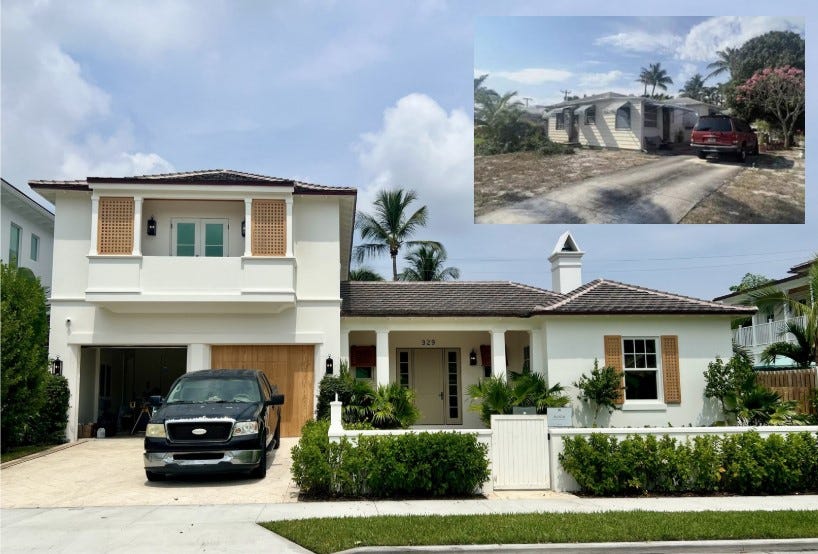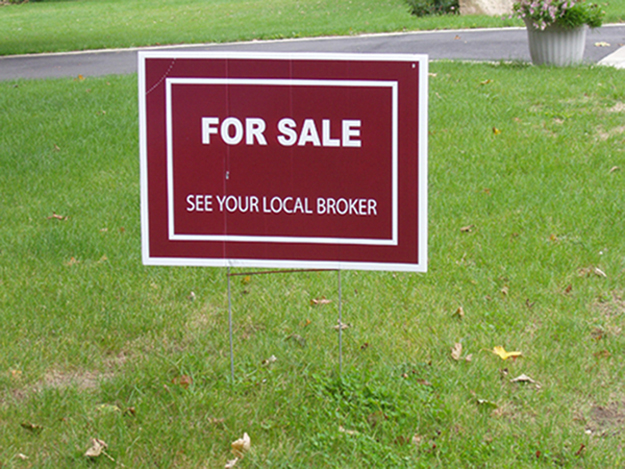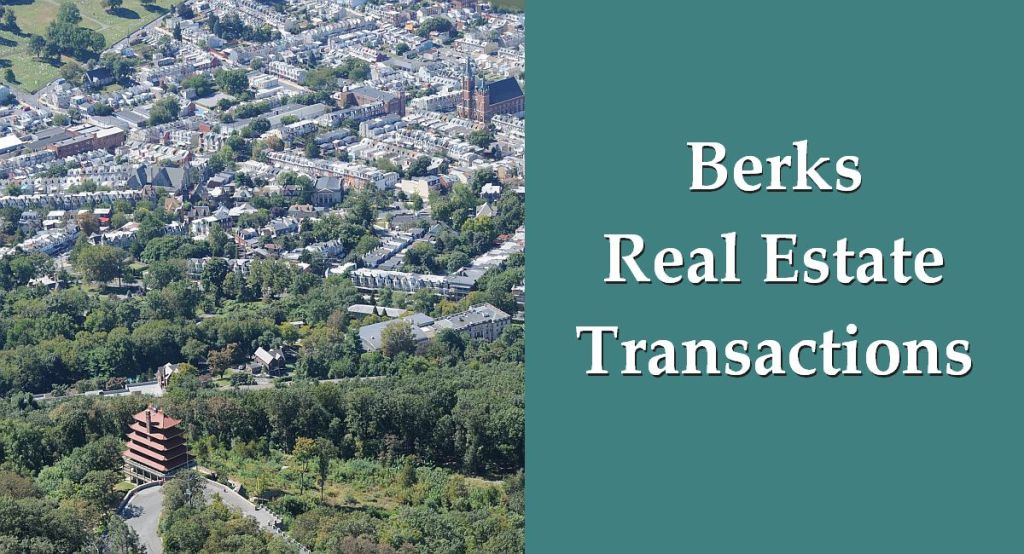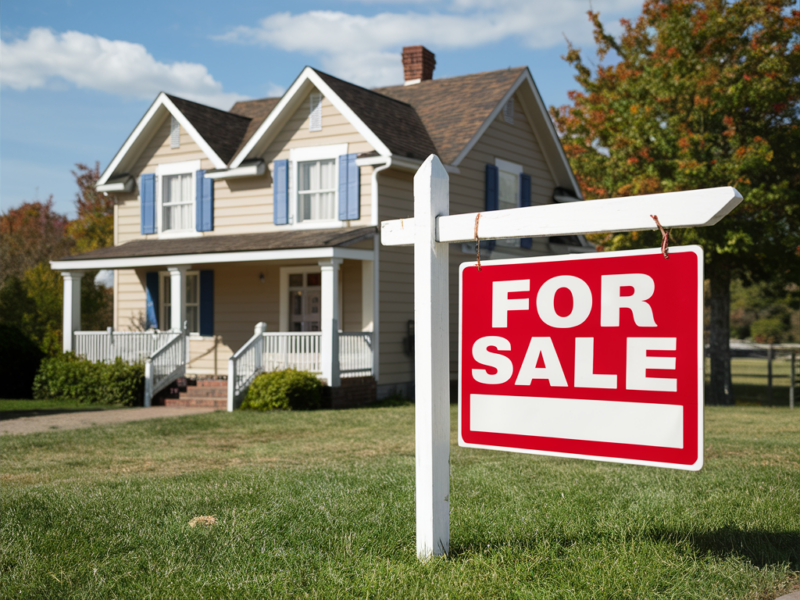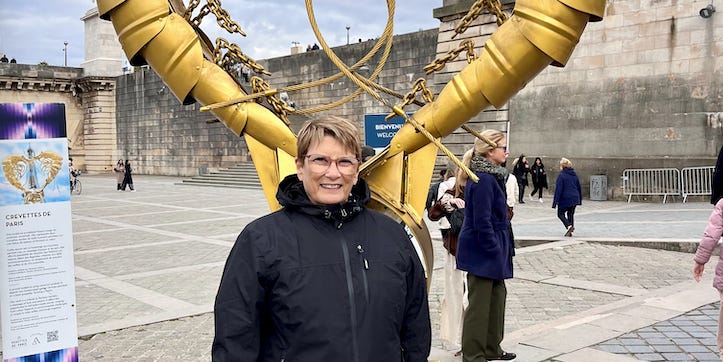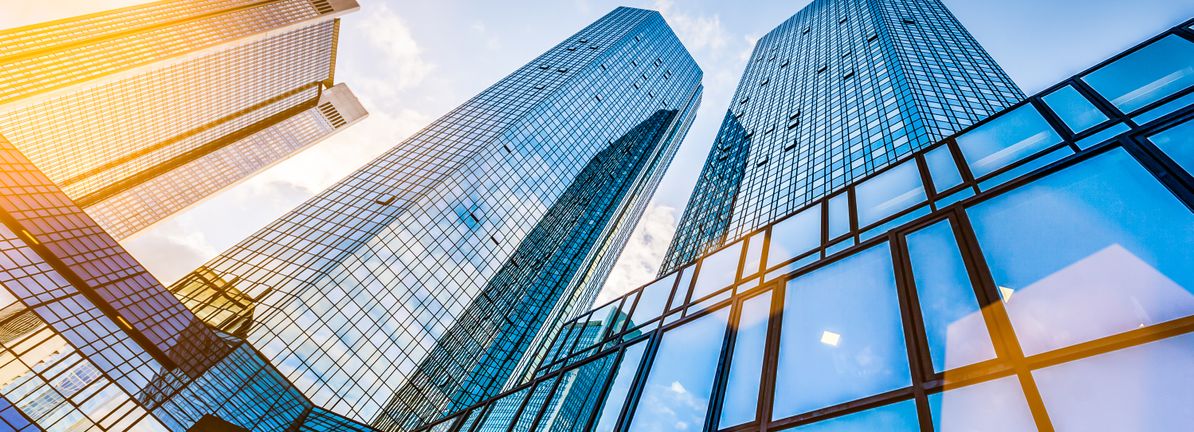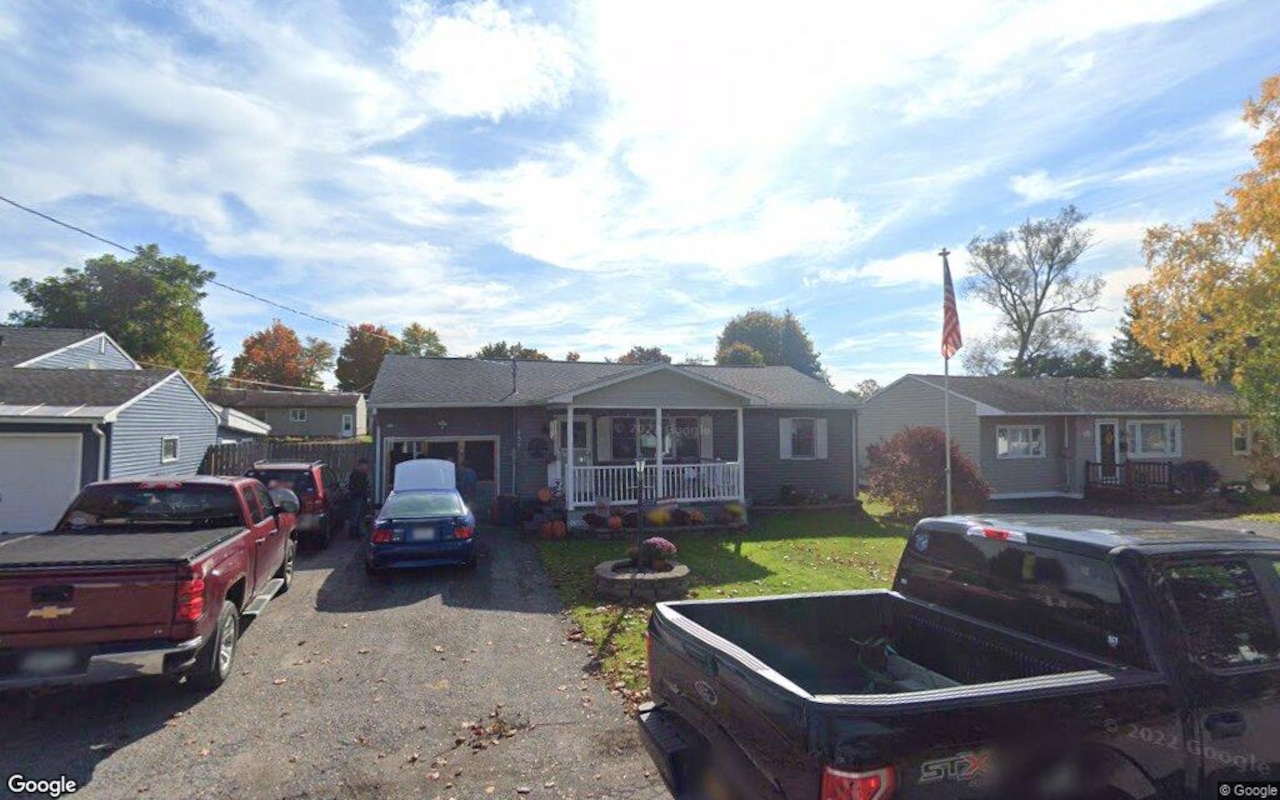N
ew, larger homes on Avila Road are now fetching over $4 million, underscoring the area’s sustained demand. The street, which lies outside historic districts and has no HOA, is experiencing a rapid transformation driven largely by its proximity to downtown West Palm Beach—now dubbed “Wall Street South” because of the influx of financial firms.
Two years ago, a dilapidated one‑bedroom house on the edge of downtown sold for almost $1 million. That 80‑year‑old, sub‑900‑square‑foot property had no landscaping, pool, or garage, yet its price rippled through the landlocked 300 block of Avila Road, where three other post‑World War II homes sold between $900,000 and $1.01 million. Today, four brand‑new, gleaming white residences occupy the lots. Three sold this year for more than $4 million. The remaining property at 369 Avila is listed at $4.9 million; it spans 4,000 sq ft, offers five bedrooms, five bathrooms, a pool, and a grand foyer with 25‑foot ceilings. It replaced a 76‑year‑old house with dated sunflower‑yellow siding and metal clamshell awnings.
Realtors and developers have long claimed that West Palm Beach homes remain hot even three years after the pandemic. “I never doubted it,” said Coldwell Banker agent David Custons, who sold three of the original Avila homes. “If this had happened six years ago, it would have been different, but COVID reshaped the whole community.” Custons is set to close a fourth sale at the corner of Avila and South Olive for $975,000, leaving only one original Avila home on the north side of the street.
Avila isn’t the only street to undergo a near‑complete makeover. In the popular SoSo (South of Southern Boulevard) community, Edmor Road and Summa Street have seen 1950s cinderblock ranches replaced by modern estates. Some residents lament the loss of “classic retro houses” in favor of “big ugly boxes,” but the 300 block of Avila, not being part of a historic district, allows easier demolition and new construction. “Avila has no HOAs, no historic restrictions, no nothing,” Custons added.
Avila Road borders the celebrated El Cid and Southland/Prospect Park historic districts, known for Mediterranean revival and mission‑style homes from the 1920s Florida land boom. Residents of the 300 block resisted historic designation when neighboring communities received it in 1993. Patricia Byrnes, who has lived on Avila for over 30 years, said, “We didn’t want people telling us what we could do with our homes.” She welcomed the new developments, noting each home’s unique design and the involvement of at least two architects. “They’re beautiful, not square boxes,” she said. “I’m surprised at how costly they were and that people can afford them, but it’s all a plus.”
Lisa Wilkinson, Douglas Elliman’s luxury sales director, lists the $4.9 million home at 369 Avila. She notes that the 300 block, two blocks west of the Intracoastal Waterway, previously commanded lower prices, but buyers are now willing to pay more for new construction. Avila Road’s location—less than two miles south of downtown—has made it attractive since the pandemic, earning the “Wall Street South” moniker. “The dollar per square foot we achieved on Avila is higher than in SoSo’s 200 block,” Wilkinson said. “I feel as confident listing, showing, and selling a property on the 300 block as I do on the lake block.”
Kimberly Miller, a journalist for The Palm Beach Post, covers real estate, weather, and the environment. She invites news tips at [email protected] and encourages readers to support local journalism by subscribing to The Dirt for a weekly real estate roundup.
